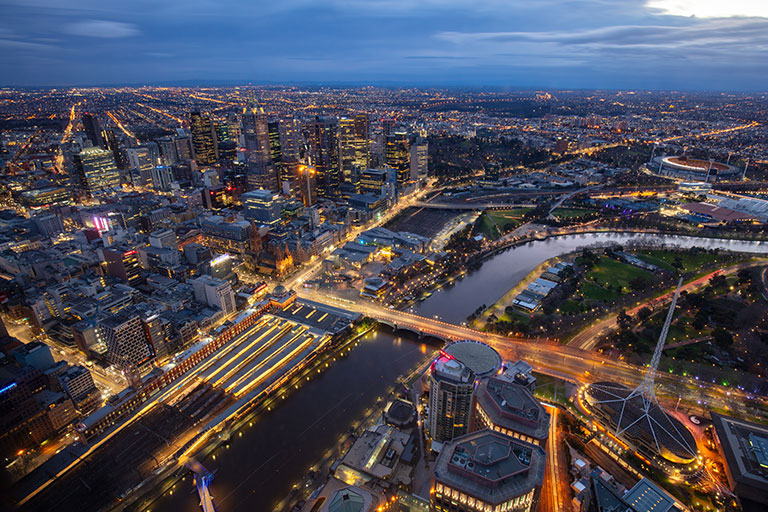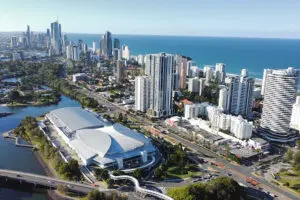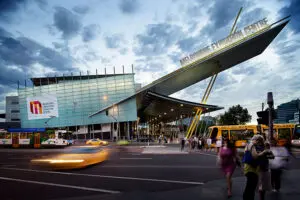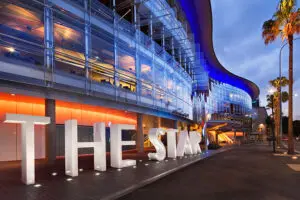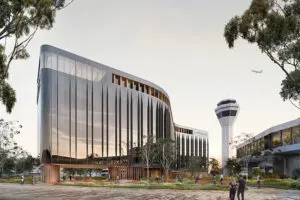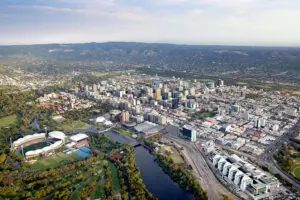Information collected by Accommodation Australia showed that for June 2024 Melbourne hotel occupancies averaged 65.7 per cent against 75.4 percent for the Sydney CBD and 74.4 per cent for Brisbane. Only Adelaide at 64 per cent and Gold Coast at 63.7 per cent were worse than Melbourne.
Accommodation Australia surveys major hotels every month on occupancy alongside tracking room rates, which revealed that Melbourne’s average daily rates were the second lowest of the major cities at $204.50 against Sydney’s $280.70. Adelaide had the lowest average rate at $178.60, while Gold Coast sat at $235.70, Brisbane at $218.50, Perth at $209.10 and Greater Sydney at $244.20.
Tracking RevPAR – revenue per available room – which shows a hotel’s ability to fill its available rooms at an average rate, Melbourne had the second lowest figure for June at $134.30 against the Sydney CBD’s $211.50. Meanwhile, Adelaide recorded RevPAR at $114.30, Perth at $149.90 and Brisbane at $162.50.
Accommodation Australia also tracks other industry statistics and the body’s general manager, Dougal Hollis, said that despite cost-of-living pressures, Australian domestic travel remained strong across the last financial year.
Hollis said CBRE reported “solid growth in key hotel metrics across Australia in 2024 (ADR [average daily rate], occupancy and RevPAR), however note this pace of growth has moderated, compared to 2023”.
Meanwhile Colliers note RevPAR, although predominantly up across the Asia Pacific region, is still down on 2019 levels for many cities.
Hollis said Australia’s hotel performance should improve as flights and passenger numbers in major cities continue to grow.
He also reinforced that continued post-pandemic improvements in performance across Australia render hotels an attractive asset class for investors.
Increases in construction costs and uncertainty around debt financing could reflect the investor appeal of the purchase of existing hotel infrastructure rather than consideration of new builds, with its related uncertainties.
Hollis said the budget announcement of a proposed decrease in permanent migration levels from 190,000 to 185,000 people “will have a direct impact on hospitality services, especially in Australia’s regions”.
“International migration is a critical component of a hotel’s labour force, relied upon to top up essential skills sorely needed by our sector.”




